
ARTICLE
Is it possible for an historic building to become carbon neutral?
All buildings have their quirks, but when it comes to energy, old buildings do tend to make much more complex projects. So, is it possible for an historic building to go carbon neutral?
In the UK we’re lucky to have a wealth of historic and listed buildings. Some of these are homes, but many operate as businesses, often in the hospitality or tourism industries.
Older buildings tend to have more complex issues when it comes to energy being wasted in the building, and they require a specific approach. But, it’s definitely possible to make significant improvements to energy and carbon emissions in an historic building – and perhaps even to go carbon neutral.
In this post we’re covering some of the typical areas where energy is lost in an older building, and the options available to address these issues.
Uninsulated roofspace
Historic buildings tend to have little or no roof insulation, meaning that significant amounts of heat are lost through the roof of the building. This can be addressed with roof insulation. If the building has a timber roof structure this is fairly straightforward, as insulation can be added between the joists and rafters without affecting the aesthetics of the building or the materials of the roof.
However, installing roof insulation in an old building is often more complicated. It’s common to see older buildings which have attic rooms, making use of the roof space. This leaves less space for insulation, but it is still possible. Typically this would be addressed by insulating at the rafter level rather than the ceiling level (higher up), but this may mean that the height of the roof needs to be lifted slightly to allow for this, meaning you may also need to move or replace gutters and other fixtures.
When insulating loft spaces in old buildings, it’s very important to be conscious of moisture and ventilation too. Modern building materials are very different to traditional methods used on older buildings, and often modern interventions can leave an older building much more airtight – leading to issues with condensation, damp, and mould. This will effect the building’s structure but also the health of those working within the building. We’d always recommend getting advice from an energy expert before making any changes to an older building – and our team are happy to help with this.
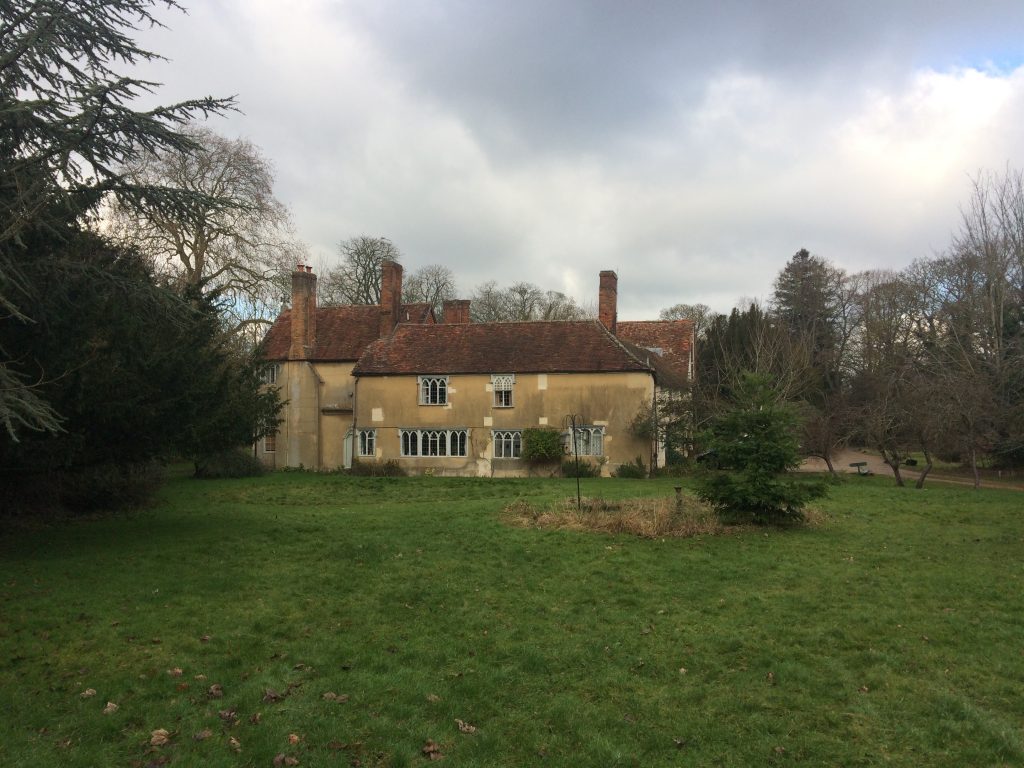
Energy efficiency at 13th Century retreat
Take The Abbey at Sutton Courtenay, for example. They’re a retreat centre and guest house in a grade I listed, 13th Century premises. When The Abbey had an energy assessment, they discovered that there was just 50mm of insulation installed in the loft of their guest house rather than the recommended 300mm – explaining why guests had been complaining of cold and draughts. It was also poorly laid and patchy in some places.
They installed natural mineral wool insulation into their loft space, improving the insulation of their roof and saving an estimated 10,174 kWh of energy and £1,170 on energy bills per year.
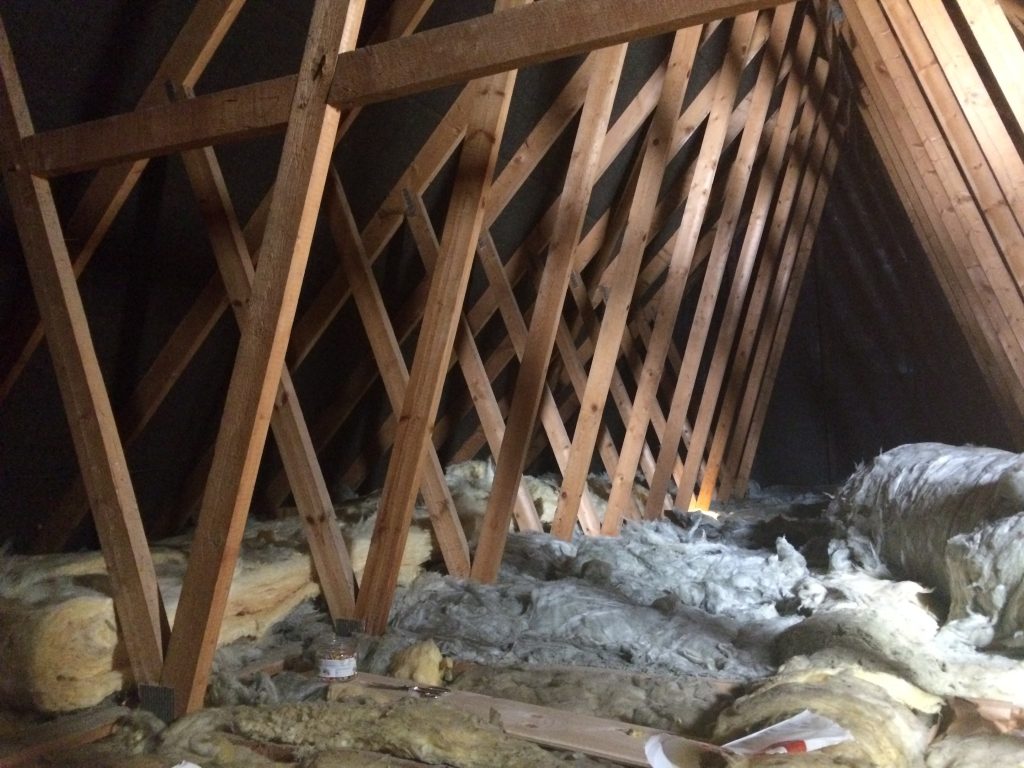
Draughts around windows and doors
Historic buildings often have very beautiful windows and doors, but which are often old and ill-fitting, leading to heat being lost through them and draughts entering. Owners of historic buildings are usually reluctant to replace these windows and doors, as they are features of the building, particularly if it’s being used as a hospitality business or venue. There are alternative ways around this, including:
- Replacing the glass in the windows but keeping the frames (and restoring them if needed)
- Adding secondary glazing in front of the original window – usually a plain pane of glass fitted in front of the window, protecting the original window but removing any draughts
- Draught-proofing to fill gaps around windows or doors and seal in the heat without replacing them.
This is something which was an issue at The Abbey in Sutton Courtenay, where much energy was being wasted through issues with the windows.
Our experts recommended draught-proofing to and the installation of thermal blinds inside the windows to reduce heat loss whilst retaining the original windows in all their glory.
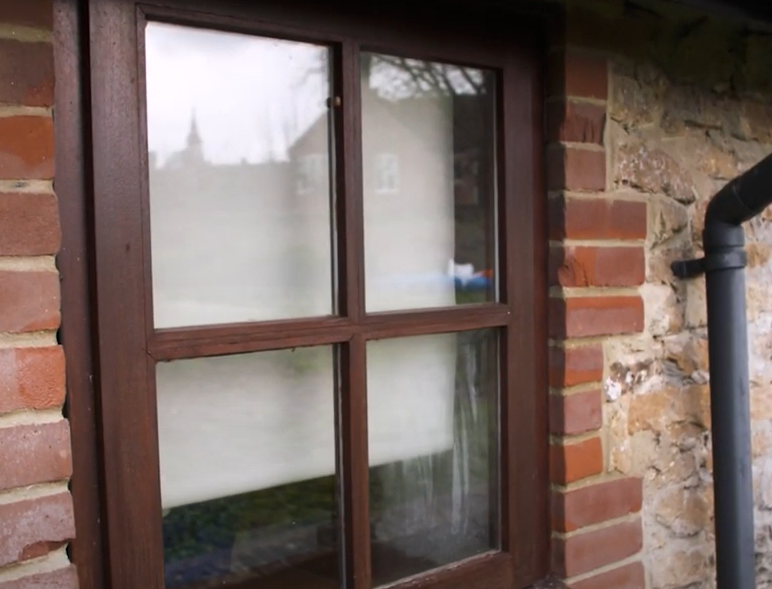
Inefficient, fossil fuel heating system
Older buildings are often reliant on fossil fuels for their heating system, using a fossil fuel boiler. These are often outdated and inefficient, as well as being a carbon intensive option – and there is normally improvement to be made in this area. Options include:
- Switching to a heat pump as the primary heating system. If there is a large amount of outdoor space in the premises, a Ground Source Heat Pump may be ideal. If not, an Air Source Heat Pump may be more appropriate.
- Installing electric heaters to allow for more control over the heating of individual rooms, and reduce carbon emissions by reducing the reliance on the fossil fuel boiler
- Replacing the boiler with a modern, efficient fossil fuel boiler where other options are not viable.
It’s always important to assess a building as a unique entity, and what works for one historic building may not make sense for another. We’d always recommend discussing these options with an energy expert to get their recommendation on what’s right for your historic building before you do anything – the last thing you want is to cause any issues later down the line. We’re always happy to discuss issues like this so please do drop us an email if you’d like to chat.
For instance, at The Abbey in Sutton Courtenay, they had night storage heaters heating their guest house. These are inefficient and hard to control, meaning they were heating rooms unnecessarily during the day, but were not responsive when guests wanted to turn the temperature up in the evening.
They replaced these heaters with wall-mounted electric heaters which provided more heating at the times needed as they have in-built thermostats, allowing the guests and the staff to have control over the heating in each individual room.
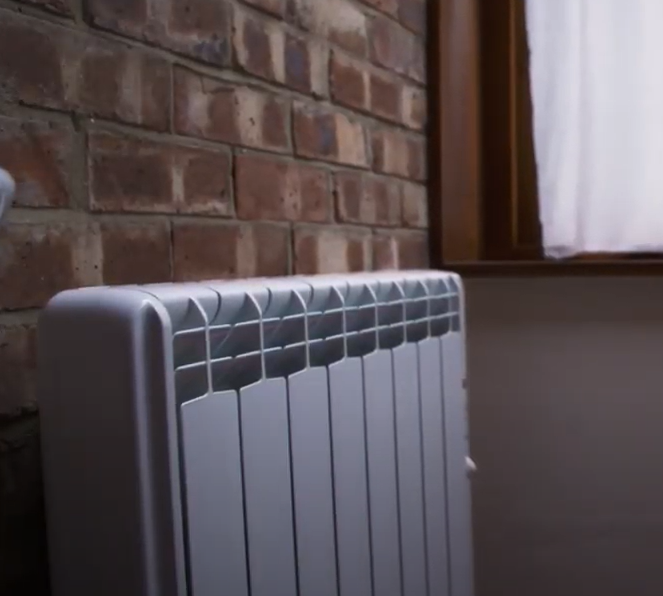
This change saves an estimated 5,492 kWh of energy and £276 per year on energy bills.
Generating your own energy to go carbon neutral
If you’re hoping to turn your business carbon neutral, then you may need to explore generating your own renewable energy to power your building. This is definitely possible in historic buildings, however there are some bespoke considerations to make.
As with any solar array, you will need a south-facing, unshaded area, so first check if your site is suitable.

If you’re hoping to install solar panels on your roof you may need to check if you need planning permission first – particularly if your building is listed. If this isn’t an option for you, you could explore ground-mounted panels in the grounds of your building. Or, if you have any more modern buildings within the premises, this could also be an option as a rooftop – a shed, car garage, pagoda or anything else suitable.
These are just some of the considerations which may come into play when you’re looking to make energy improvements to a historic building with a view to reducing carbon emissions.
Every building is different, though, so if you’re working in a historic building we’d definitely suggest having an assessment of your own, and exploring the bespoke recommendations made for your premises.

Thanks for reading!
Energy Solutions Oxfordshire makes it simple for every organisation to stop wasting energy, cutting running costs whilst helping to tackle climate change. Get started by filling out our online survey to get a free Desktop Diagnosis Report for your organisation.
Did you like what you read?
Then share this page with a colleague to keep the
conversation going and spark new ideas.
You might also like…

Free Energy Assessments for Cherwell SMEs

ESOx joins Carbon Monsters event in April
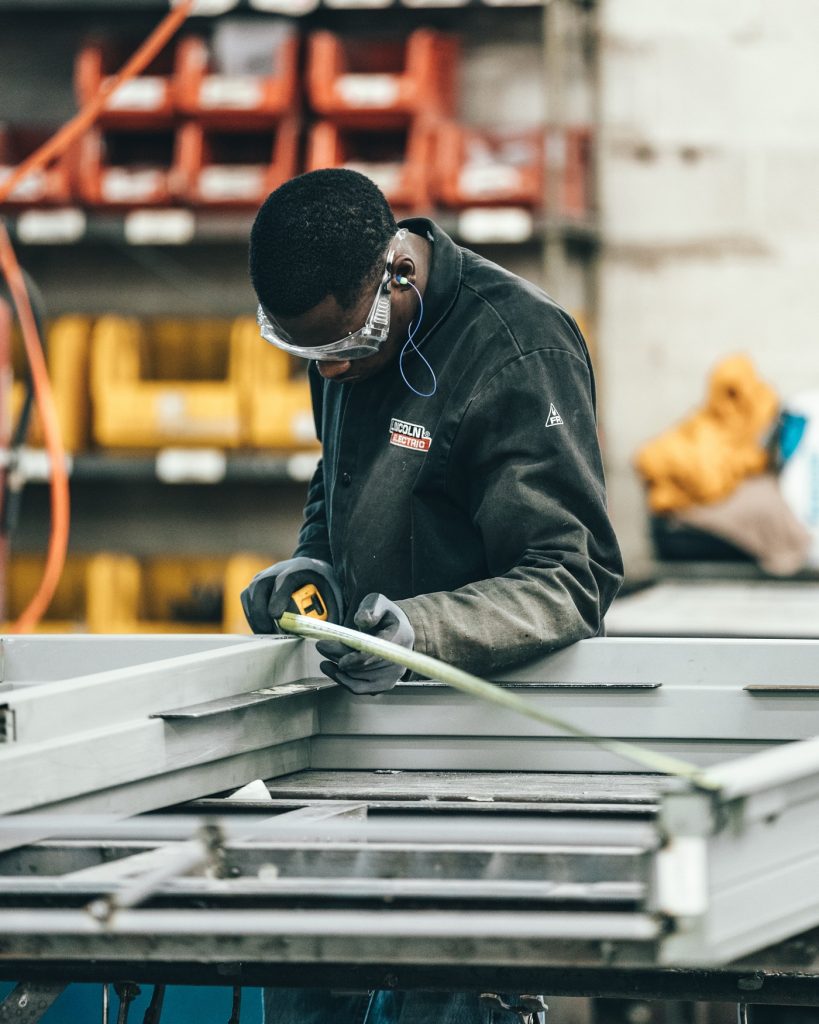
How to reduce energy use in manufacturing

